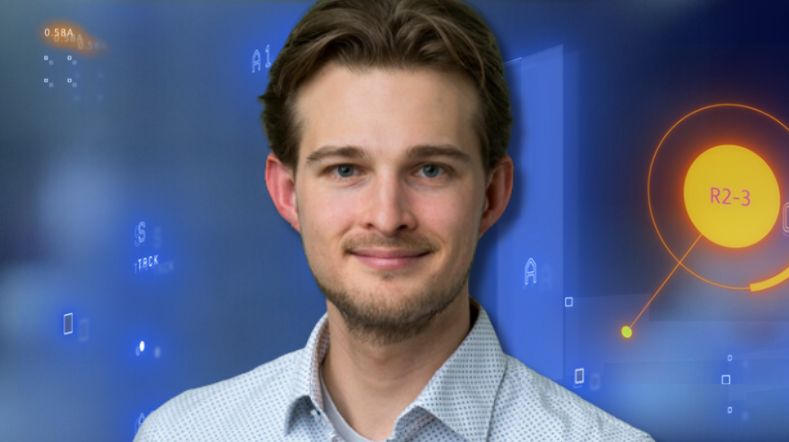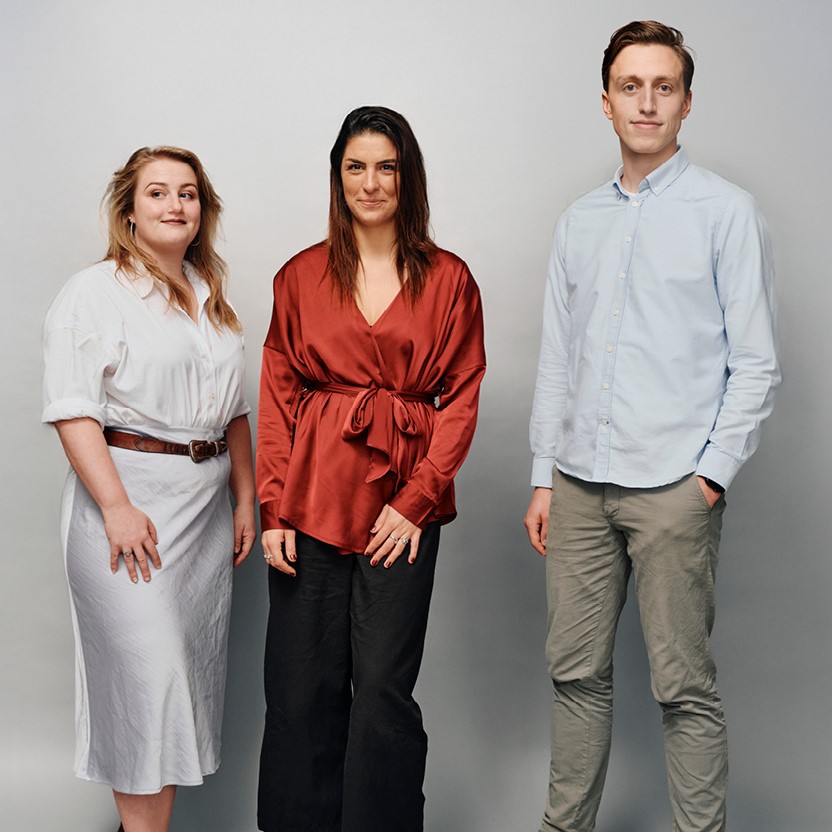Successful Ground Test Shows Potential for Satellite Identification
It’s getting awfully crowded in space. Every year, businesses and organisations send an increasing number of new satellites into orbit, and many of them cannot be identified after they’re launched. Researchers at TNO wondered if there’s something we can do to address the challenge. And experts from TNO have successfully tested a viable solution. We spoke to team member Fabrizio Silvestri, Optical System Engineer, to find out more.


Teaming up for solutions
Space agencies and governments across the globe are talking about it. With the ever-increasing number (opens in a new window or tab) (refers to a different website) of satellites being launched every year, concern about space debris and unidentifiable satellites continues to grow. ESA reports that, of the estimated 26,000 pieces of space debris, around 21,000 pieces (opens in a new window or tab) (refers to a different website) remain unidentified. In addition, more and more swarm launches are releasing multiple satellites from multiple parties, and if those satellites don’t operate as expected, they can be difficult to individually identify and remove (opens in a new window or tab) (refers to a different website).
Researchers from a variety of TNO departments came together to see what we can do to help. ‘The idea – and our recent successful ground test of the technology – was really a team effort,’ says Fabrizio. ‘We gathered TNO experts from teams like Optics, Optomechatronics, Space System Engineering and Quantum Technology to see if we could find an elegant solution for satellite identification. Within one year, we had designed an optical setup that implements a method we called the “Satellite Licence Plate” (SLP) and proved it would work.’
Similar to a vehicle licence plate, the SLP system is a clear and unique identifier. It is made possible with a wavelength-selective retroreflecting tag with a unique spectral signature that is attached to the satellite. An optical ground station on Earth sends a set of laser beams to the target in different wavelengths. The retroreflected signal that returns can identify that spectral signature. ‘We designed SLP so that the equipment can be installed in existing optical ground stations and make implementation swift and cost effective,’ Fabrizio explains. ‘In addition, the system can be used cooperatively between the satellite manufacturer and the launcher, to ensure clear identification of any unresponsive satellites after launch.’
The SLP Ground Test
Validate the SLP identification method in a relevant environment.
A retroreflector tag with five unique spectral signature combinations was mounted on the TNO Oude Waalsdorperweg tower. A prototype optical ground station was mounted on the Luchtwachttoren in Scheveningen, about 2.45 km away.
The test effectively matched with the underlying mathematical model, offering high confidence for the next project phase: a test from space.
Although the target tag was in a fixed position for this free-space test, it validates the technology and reconstruction algorithms, which offers assurance that it can be replicated with an orbiting (moving) satellite.
The benefits of SLP
The SLP methodology offers a variety of advantages. The lightweight, fully passive tag does not require a power source on board the satellite. It does not cause electro-magnetic interference with on-board equipment. And since SLP makes use of the optical spectrum for identification, it does not add signals to the already-crowded radio frequency range that the majority of satellites use for things like television, internet and even defence applications. The system can be integrated into existing optical ground stations, so organisations can combine their identification and optical communication activities into one. ‘We aimed to devise a system that was easy to implement, so that it could be widely adopted. Our successful ground test proves that SLP does just that.’
In addition to not overburdening the radio frequency range, the optics technology also offers higher resolution and more precision than radio frequency signals. This will enable a far more accurate satellite identification.
Real-world applications
The team behind SLP have already identified a number of clear use cases. SLP can be used to easily identify individual satellites in swarm launches, even when those satellites aren’t (yet) operative or they aren’t operating as expected. And identification is the first step towards removal. SLP can also assist in identifying objects that threaten to collide with Earth-observation satellites, or at the satellite’s end of life.
‘More than that, people are talking more and more about satellites. Who’s looking at us, and why? What will we do about the overcrowding and space debris? The conversation has really accelerated in the last five or ten years. But no single organisation has come forward with a passive, non-disruptive way to directly measure and identify,’ Fabrizio continues.
‘Of course, there are already identification solutions, and even retroreflective ones like ours, he says. ‘But the difference with SLP is that – instead of simply detecting that “something” is there and characterizing it – we can identify which specific satellite it is and who it belongs to. This could be a viable way to set a single standard for the entire space industry.’
Next steps
Now that the team has successfully proven that the technology works on the ground, the next step is to test it in the highly variable environment of space. ‘We’re developing the optical ground terminal for the station and we’re looking for partners who are planning a satellite launch in the near future. If they would allow us to attach the tags to their satellites, we could have a full test of the technology. Policymakers, the United Nations and organisations like NASA and ESA are looking for solutions to the growing challenge of space debris. SLP could be one such solution.’
Want to contribute to our work on SLP? Contact TNO today to find out how.
Get inspired
Time setter story: Max van Strien


TNO technology selected for Secondary Mirror of W. M. Keck Observatory


First Dutch hybrid quantum channel for secure communication successfully established


Time setter story: Benjamin Brenny


TNO's laser communication terminal secures prestigious win at EARTO Innovation Awards



